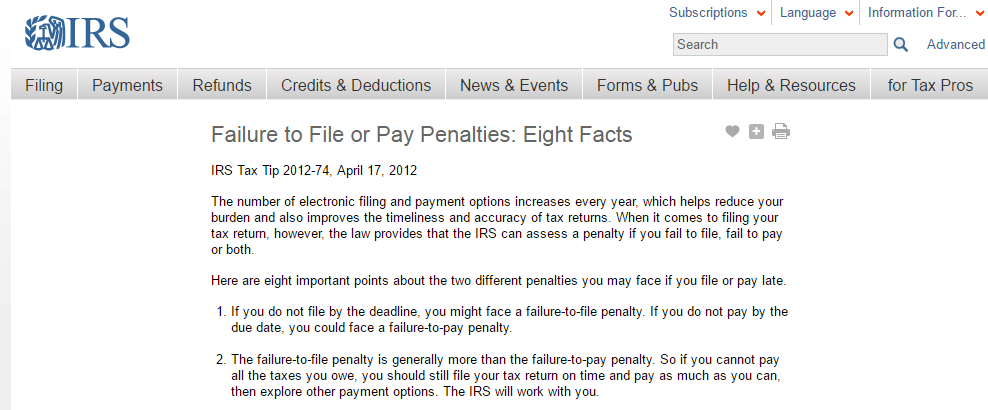Content

An imputed https://intuit-payroll.org/ is one that is incurred by virtue of using an asset instead of investing it or undertaking an alternative course of action. In addition, FUTA pays one-half of the cost of extended unemployment benefits and provides for a fund from which states may borrow, if necessary, to pay benefits. FUTA covers the costs of administering the Unemployment Insurance and Job Service programs in all states. The process of capture and use of these goods imposes cost on others. There may be costs or benefits that impact individuals who are not engaged in the actual use of the good. Part of the cost of acquiring or selling a good is the risk an punishment of violating the law. It should be noted that these human creations might be intentional and explicit or unintentional and implicit.
What is an example of an opportunity cost?
A student spends three hours and $20 at the movies the night before an exam. The opportunity cost is time spent studying and that money to spend on something else. A farmer chooses to plant wheat; the opportunity cost is planting a different crop, or an alternate use of the resources (land and farm equipment).
The costs of using exchange are referred to as “transaction costs” (see Coase, “Nature of the Firm,” 1937). The concept of “efficiency” is also related to cost. Is an options strategy involving both a call option above the current price and a put option below the current price, on the same security with the same expiration date. For example, a choice many start-up owners face could be deciding whether to use space inside of their home to run a small business. Suppose you have money saved in a bank, earning interest. Say you have $1,000 deposited at an annual rate of 5%.
Self Check: Explicit and Implicit Costs
These costs are in contrast to explicit costs, which represent money exchanged or the use of tangible resources by a company. Economists take into consideration both explicit and implicit costs.

The accounting profit would be $40,000 ($100,000 in revenue – $60,000 in explicit costs). But let’s focus on how to calculate the implicit costs pegged to a dollar amount. Whenever your company has a resource it could use rather than sell or rent to somebody else, the amount of money you could be making is your implied cost. An implicit cost represents the amount of income or benefit a company is going to miss out on by choosing to use assets rather than trying to rent or sell them. Explicit costs, on the other hand, are out-of-pocket expenses where a company makes payments in exchange for something. Economists are more interested in economic profit because it includes implicit costs. Explicit costsare out-of-pocket costs, that is, actual payments.
Accounting and Economic Profit
Explicit costs can be used alongside implicit costs to work out economic profit. Economic profit is calculated by subtracting both explicit and implicit costs from a company’s total revenue.

The cost is a charge for the use of factors of production like land, labour, capital and so on. They are in the form of rent, salary, material, wages, and other expenses like electricity, stationery, postage, etc. Economic profit consists of revenue minus implicit and explicit costs; accounting profit consists of revenue minus explicit costs.
1 Explicit and Implicit Costs, and Accounting and Economic Profit
These costs impact the performance and profitability of the company. Examples of implicit costs are the salary of the proprietor and interest in the owner’s capital. Eventually, the firm’s revenue will fall as market price decreases, until the total revenue just covers production costs and opportunity costs, and economic profit equals zero. On the contrary, implicit costs are not mentioned in a company’s financial statements—nor is it audited. Implicit costs are only used for computing the economic profits of a business. These expenses are a big contrast to explicit costs, the other broad categorization of business expenses.
BNY Mellon Brings Outsourced Trading to Buy-Side Clients – Traders Magazine
BNY Mellon Brings Outsourced Trading to Buy-Side Clients.
Posted: Fri, 27 Jan 2023 08:00:00 GMT [source]
This means that every year that you keep your money there, untouched, you earn $50. You are lucky, the TV is on sale and the price tag is exactly the money you have in the bank. You go to the store and come back with a brand-new TV that you can’t wait to try. Please discuss how changes in income affect consumer choices for the country you have chosen. From the below Spreadsheet, use the marginal utility formula to choose between two products.
Want better grades, but can’t afford to pay for Numerade?
In this case, the lost leisure would also be an implicit cost that would subtract from economic profits. The cost incurred by the firm in hiring labor is called A. With implicit costs, you do not track them like business expenses in your books. Instead, you can calculate implicit costs to determine economic profit and help make smart business decisions. Explicit costs are those which are clearly stated on the firm’s balance sheet, whilst implicit costs are not.
- Compare the performance of a company to the other opportunity the firm had.
- Explicit costs, on the other hand, are out-of-pocket expenses where a company makes payments in exchange for something.
- Explicit costs are costs that involve direct monetary payment.
- For computing accounting costs, only explicit expenses are considered, as they are mentioned in the general ledger of a company.
- The recognition and reporting of the explicit cost are very easy because they are recorded when they arise.
- Is a company’s capacity to pay off its long-term debts and financial obligations.
The wage and What Is The Difference Between An Implicit Cost And An Explicit Cost? that a firm pays for office space are explicit costs. Implicit costs are a little more complicated than explicit costs. Whereas explicit costs are more straightforward, implicit costs deal with intangible costs. Whilst explicit costs have a specific value, implicit costs are not always so clear cut.
Examples of explicit cost in the following topics:
Although explicit communication about prices is illegal, the firms might tacitly agree that whenever one station raises its prices, the other two will follow suit. The value of the next best choice forgone is called the opportunity cost. Explicit costs are costs that involve direct monetary payment. Is a company’s capacity to pay off its long-term debts and financial obligations. Implicit costs aren’t normally reported by companies as a direct expense, because they’re generated by using something a company already owns.
- A firm’s accounting profit is given by total revenue a.
- An explicit cost is a cost that involves spending money, while an implicit cost is a nonmonetary cost.
- Explicit costs are what the name suggests.
- Only an estimate for these can be prepared.
- Opportunity cost, which represents the benefit a company misses out on by choosing to do one thing instead of another.
Office rental$50,000Law clerk’s salary+ $35,000Total explicit costs$85,000Step 2. Subtracting the explicit costs from the revenue gives you the accounting profit. Based on payment, costs are classified into two categories; they are Explicit Costs and Implicit Costs.
